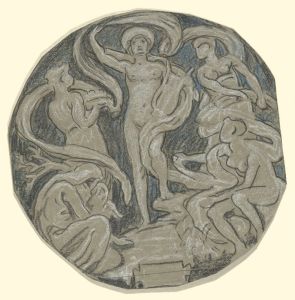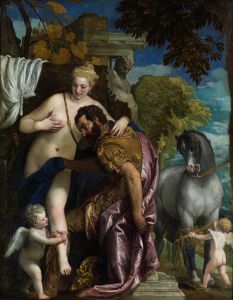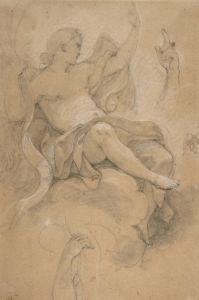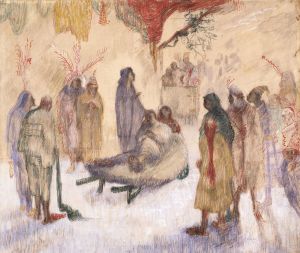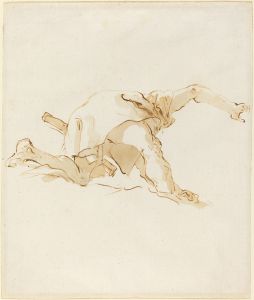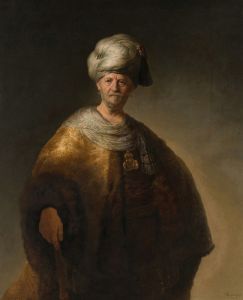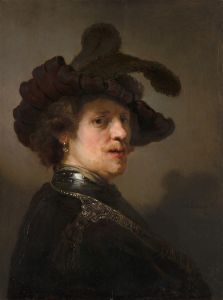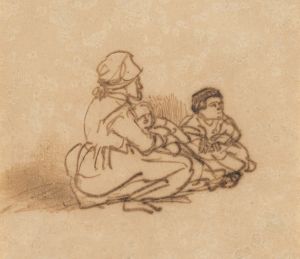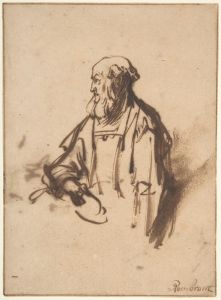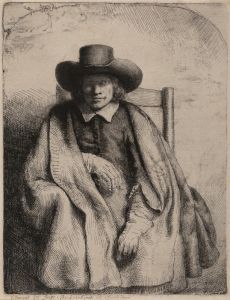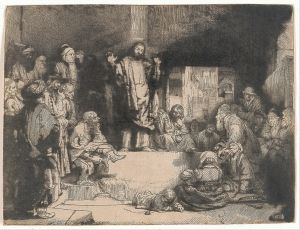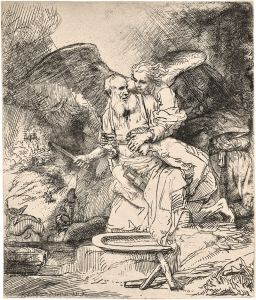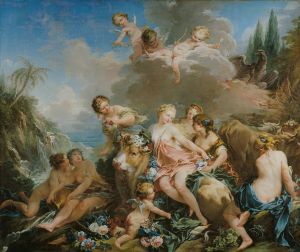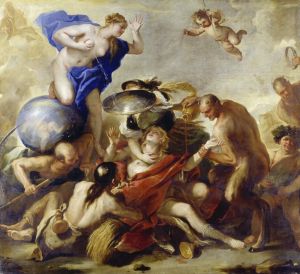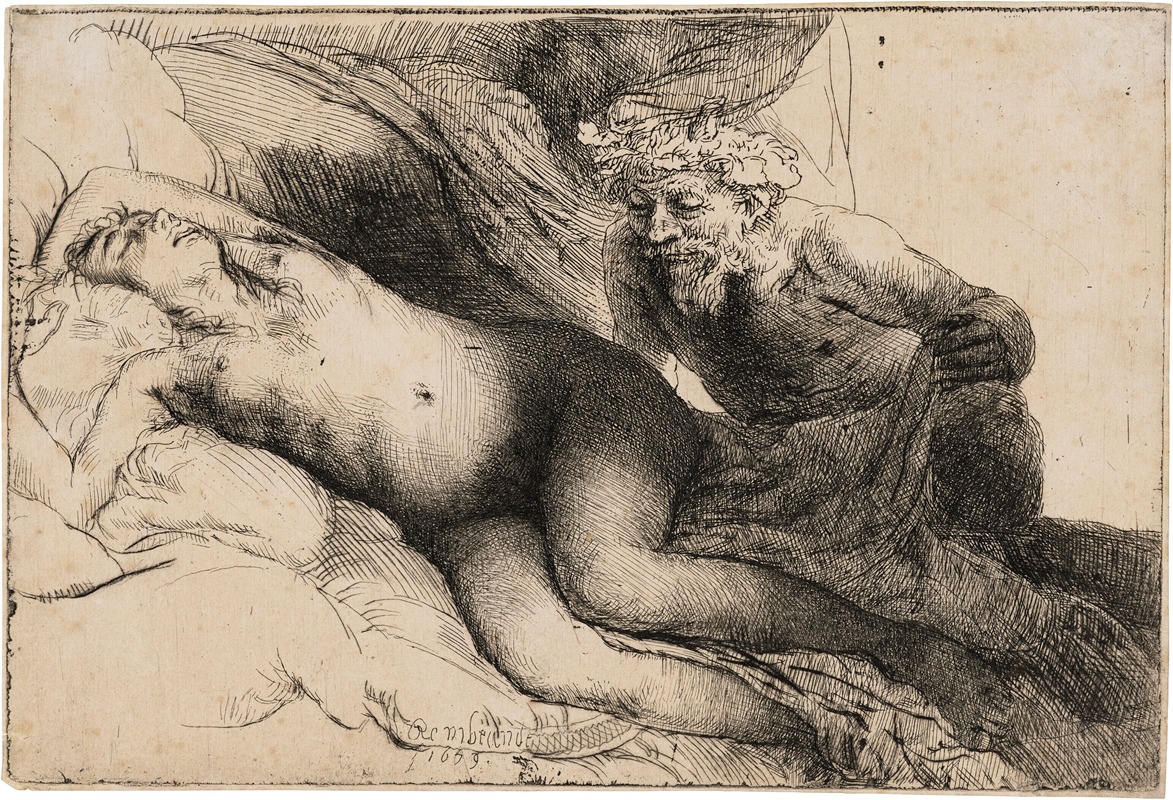
Jupiter and Antiope
A hand-painted replica of Rembrandt van Rijn’s masterpiece Jupiter and Antiope, meticulously crafted by professional artists to capture the true essence of the original. Each piece is created with museum-quality canvas and rare mineral pigments, carefully painted by experienced artists with delicate brushstrokes and rich, layered colors to perfectly recreate the texture of the original artwork. Unlike machine-printed reproductions, this hand-painted version brings the painting to life, infused with the artist’s emotions and skill in every stroke. Whether for personal collection or home decoration, it instantly elevates the artistic atmosphere of any space.
"Jupiter and Antiope" is a painting traditionally attributed to the Dutch artist Rembrandt van Rijn. The artwork is believed to have been created in the early 17th century, during Rembrandt's formative years as an artist. The painting depicts the mythological story of Jupiter (the Roman equivalent of Zeus) and Antiope, a tale derived from classical mythology. In the story, Jupiter disguises himself as a satyr to seduce or approach Antiope, a mortal woman of great beauty.
The composition of the painting features a reclining nude female figure, identified as Antiope, with a satyr-like figure, representing Jupiter, positioned nearby. The work is notable for its dramatic use of light and shadow, a hallmark of Rembrandt's style, which enhances the sensual and intimate atmosphere of the scene. The painting also reflects the influence of earlier European artists who explored mythological and allegorical themes, as well as Rembrandt's interest in human anatomy and the expressive potential of the human form.
The attribution of this painting to Rembrandt has been a subject of scholarly debate. Some art historians have questioned whether it was created by Rembrandt himself or by one of his contemporaries or students. The painting's style and execution have been analyzed in the context of Rembrandt's early works, but definitive conclusions about its authorship remain elusive.
"Jupiter and Antiope" is housed in the Louvre Museum in Paris, where it is part of the museum's extensive collection of Dutch and Flemish paintings. The artwork is appreciated for its technical skill and its exploration of a classical theme through the lens of 17th-century artistic sensibilities. Visitors to the Louvre can view the painting as part of the museum's broader display of works from the Dutch Golden Age.
As with many works of art from this period, the painting invites viewers to consider the interplay between mythology, artistic interpretation, and the cultural values of the time in which it was created.





